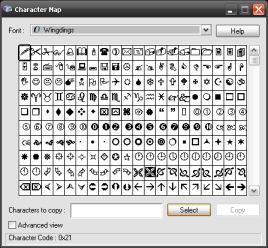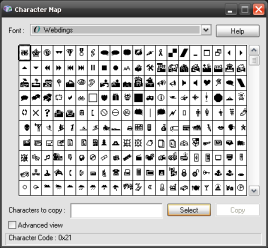As a driver, passenger, cyclist or simple pedestrian; in a large city, or in the countryside; we are literally surrounded by traffic signs. Everywhere. From the largest highway, to the most modest track suitable for vehicles. It might be surprising, but traffic signs are actually user interfaces. They represent an interface between the travelers and local authorities, by communicating about potential risks, limitations, and other pieces of information. But like any other kind of user interfaces, traffic signs need to be well designed.
In the driving school, I learnt a simple rule which helps understanding most of the traffic signs found in several countries of Western Europe. Consider the shape and the dominant colors of any sign.
- A white disc surrounded by a red border forbids.
- A white triangle surrounded by a red border warns about a danger.
- A blue square informs.
- A blue disc constrains.
Great, isn't it? It seems so easy. Most probably, a similar set of rules exists in your own region. Next time you travel in car with children, you can propose to them a funny game. Explain the rules above, then let them imagine what is the true meaning of each traffic sign they will see. Thanks to the shape, the color and the symbols inside the sign (most of them are relatively pertinent); and with some little help, they should quickly find intuitively the correct answer.
Unfortunately (and this is actually the real point of my post), you will also very quickly meet some signs which do not fit into any of the categories described previously. It's not a disc, nor a square; unexpected color, obscure symbol. No chance to "guess" the real semantic, if you don't know it already.
Worse, those four signs represent about 10% of all the signs installed all along the roads. My question is the following. Why having created a very nice set of rules which apply only to 90% of the traffic signs, and let all the remaining elements with a complete customized and chaotic style? Does it make really any sense? In fact, I have no answer concerning that specific example; but there is a moral to this story. It is applicable to software engineering, but probably to any other engineering discipline as well.
As a designer, you have to establish rules and principles which will describe the general working and the usage of your system. But you have also to apply those rules from start to finish. Do not suffer any exception. It is commonly accepted that exception proves the rule. But I think it's only an easy excuse to not refactor your work when it needs to (Agile followers will appreciate the generalization of the concept). If things do finally not match well to the rules, it is usually a smell of poor preliminary specifications. Change the things or rewrite the rules, but make easier the life of your future users. As a designer, if you don't follow your own rules, who else?












